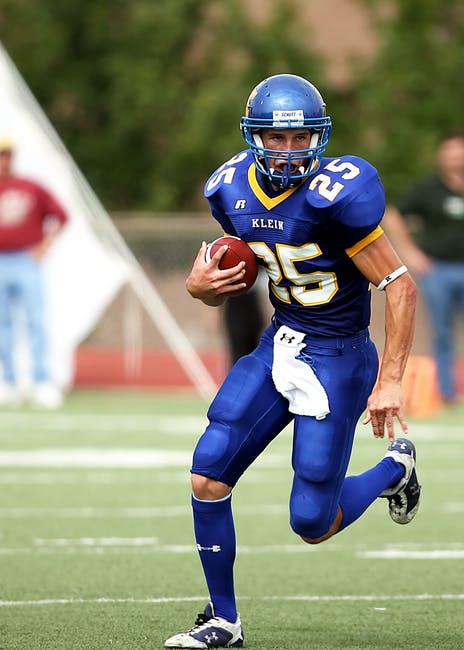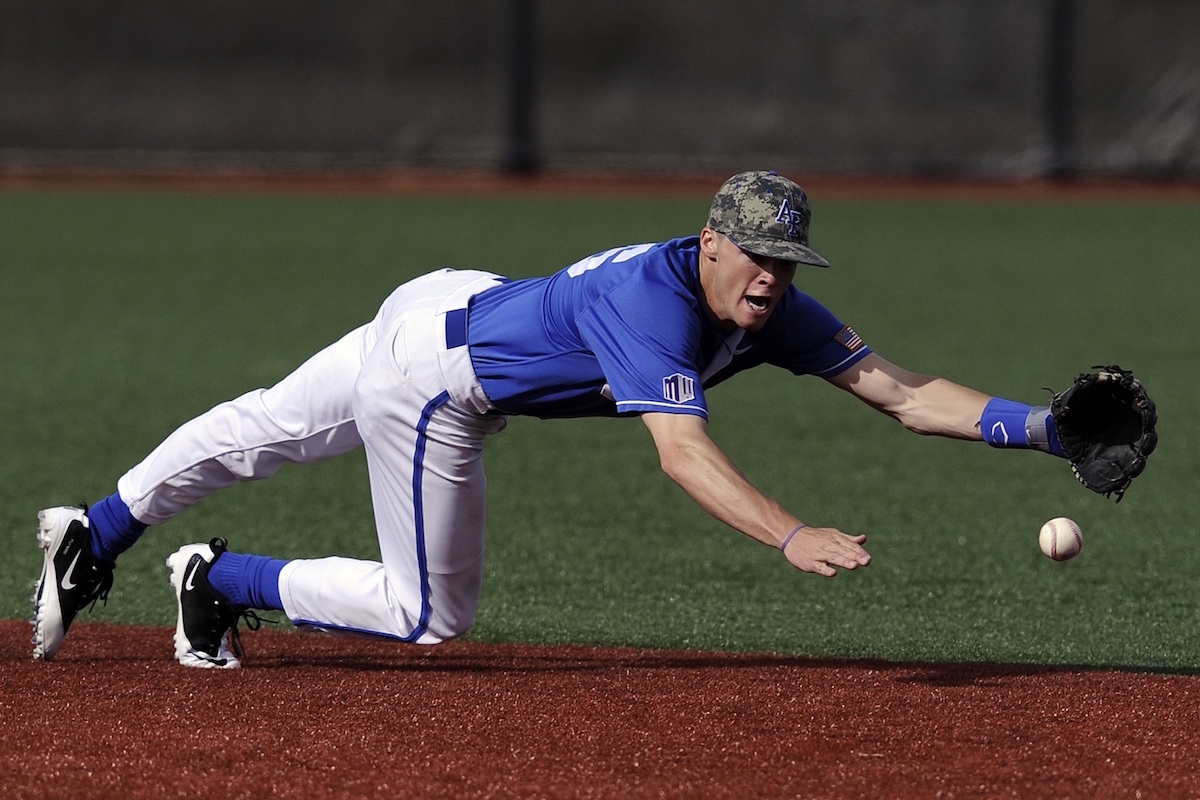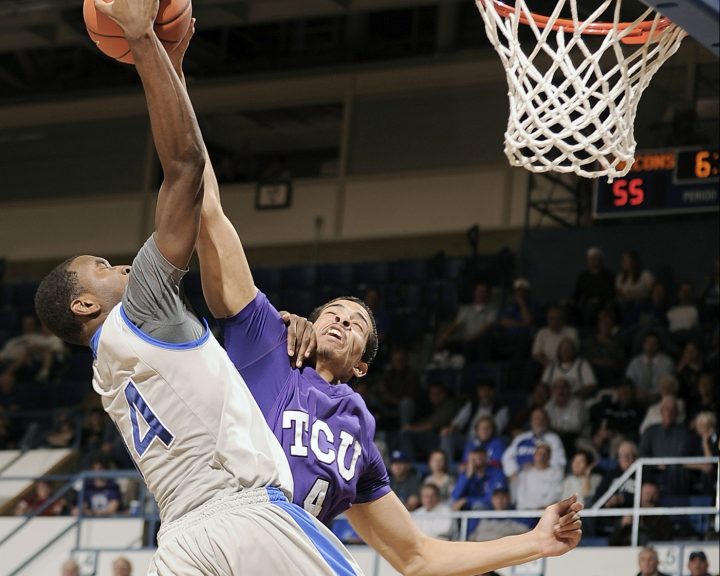Strength is an important quality for athletes. Strength has the potential to improve performance and to prevent injuries. It improves performance because it underpins many sports skills. This blog will talk about a few examples of this.
The first example is exerting force against the ground. This is important when we sprint, jump, throw (we use our legs to throw), hit things (other people, baseballs, etc.), stop, change directions, shoot baskets, etc. There are a number of exercises that we use to develop this type of strength in the weight room. See table one below for examples of this.
The second example is maintaining posture. Posture is important when sprinting. For example, if we allow our knee to buckle on footstrike or if we slouch then this impacts the force we can exert against the ground and therefore our speed. It’s important when jumping and landing (good posture on landing helps prevent knee injuries). It’s important when we throw, hit, change directions, etc. Being strong helps us to maintain our posture during these types of situations. Table one below has example of exercises that can develop this ability in the weight room.
The third example is exerting force against an object. Objects can be people (defender in basketball, offensive lineman in football, etc.). They can also be balls, implements (like a tire in a strongman event), a shotput, a javelin, etc. Being strong can help us with this. Again, table one below has example of exercises that can develop this ability in the weight room.
| Force Against Ground | Maintain Posture | Force Against An Object | |
| Squats | X | X | X |
| Deadlifts | X | X | X |
| Hip Hinges | X | X | |
| Presses | X | ||
| Olympic Lifts | X | X | X |
| Eccentric/Pause Lifts | X | X | X |
| Bands and Chains | X | X | X |
| Kettlebells | X | X | X |
Table One: Exercises that can be used to develop the qualities mentioned in the article.
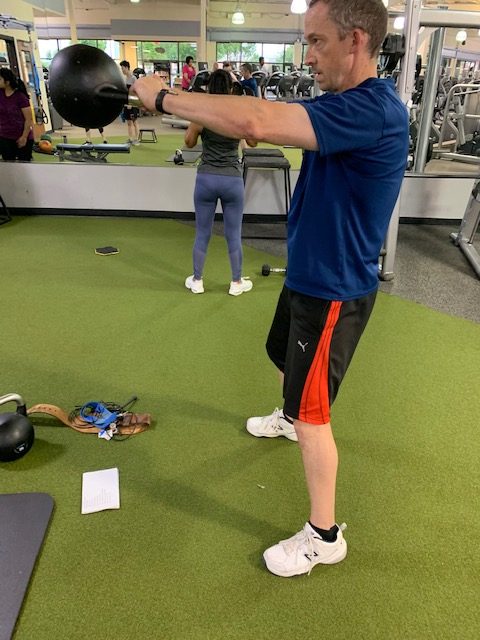
Table one shows classes of exercises that can be used to develop the three qualities described above. Now, presses don’t do a lot of exerting force against the ground or maintaining posture (not the kind of posture required for sprinting, jumping, throwing, etc.) because most of them are performed either seated or lying down. But as you can see, most of these classes of exercises have the potential to assist just about everything in the weight room.
Now, while strength is important weight room numbers aren’t good enough to improve our athlete’s performance. Our athletes have to understand how to use their strength. I like to use the following phrase, “Be strong and be able to use it.” In other words, we have to teach the application of strength as well. There are a number of ways to do this in training:
- Plyometrics
- Resisted sprints
- Throws
- Sleds
- Pull ups and dips
- Olympic lifts
Plyometrics are an important way for teaching the application of strength. They can be done vertically (like a vertical jump) or horizontally (like a long jump). The horizontal jumps are going to be more important for sprinting, the vertical are going to be more important for athletes like basketball and volleyball players. The great thing about plyometrics is that you don’t need a lot of equipment for them, just space.
Resisted sprints also teach the application of strength while sprinting, so this has the potential to be very specific to sprinting. With resisted sprinting, the athlete has to overcome some resistance while executing the sprint with good technique. These are usually for very short distances (5-20 meters) and the weight is low enough that the athlete doesn’t slow down by more than ten percent. This could be another athlete applying resistance to their shoulders and moving backwards while the sprinter tries to run forwards, it could use a sled, a parachute, etc.
Medicine ball (and weighted ball) throws are an important way to teach the application of strength. I use weighted balls with my pitchers for baseball as part of their training and warm ups before games. Medicine ball throws teach the ability to apply all that strength to a single moment where everything has to be coordinated.
Sleds are a great way to teach the application of strength in a horizontal direction. It is also a useful tool for teaching how to apply strength to overcome something/someone that is heavy. So this is a great tool for athletes in contact sports.
Pull ups and dips are not something that comes to mind when it comes to learning to use strength, but I think these are great upper body exercises to teach this. For this I’m referring to being able to perform dips and pull ups with extra weight weather it is chains, belts with weight, dumbbells, etc. I also think that both exercises are important to be able to perform (have to be able to control your bodyweight).
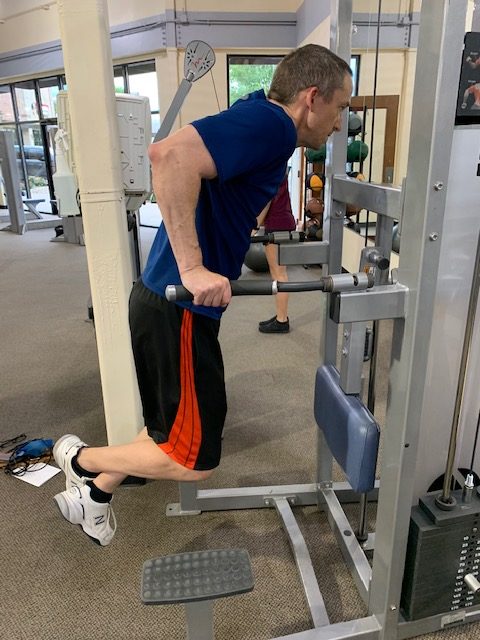
Dips
Finally, the Olympic lifts teach the application of strength. For me this makes them important to include in a strength and conditioning program. There may be other ways to develop power, less technical exercises, but they still do a great job of teaching an athlete how to apply their strength.

